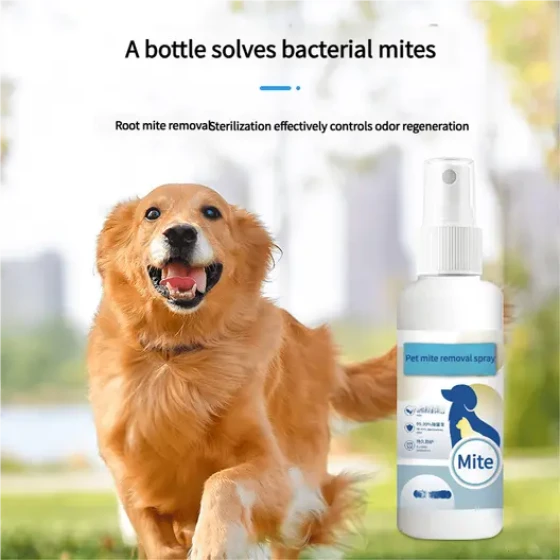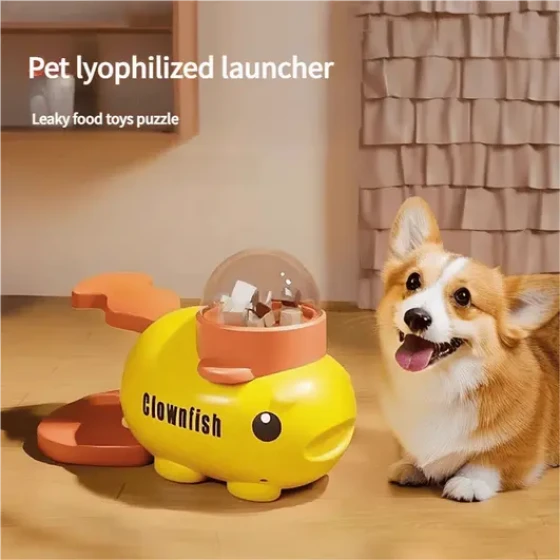What Are the Characteristics of Good Dog Food

Besides meat, it can also contain some vegetable and fruit ingredients
Food, shelter, and transportation are the three most basic and important aspects of a dog's life. A good living environment and proper outdoor exercise are fundamental for dog care. Of course, compared to these, food may be even more important for dogs. Dogs themselves do not have very high demands for food and can sometimes be described as not picky, but for the sake of their health, owners still need to pay attention. Dog food is the staple diet for dogs, and it varies in quality. What characteristics does good dog food have?
1. The beginning of the ingredient list contains a high amount of animal protein
Most ingredients in dog food are listed in order of weight from high to low, so we should ideally see high-quality animal protein at the beginning of the list, and the first ingredient should be a clearly named animal protein source.
2. When fresh meat is the first ingredient, there should also be some animal meat meal included as a supplement
This is to increase the total amount of animal protein in the diet. Fresh meat contains a large amount of water, which is heavy, so if fresh meat is the first ingredient in the ingredient list, then the first three or so ingredients should include another animal protein source. Dog food where the first ingredient is meat meal is not included in this clause.

Grain content should not be too high
3. Besides meat, vegetables and fruits are also included
Fresh, unprocessed ingredients contain natural, complex nutrients, as well as complete vitamins, enzymes, and antioxidants. These components play a crucial role in dog food. Of course, if the dog food formula contains one or two "food fractions," which are by-products or parts of ingredients (such as tomato pomace), especially if these are found towards the end of the ingredient list, this is acceptable. But if multiple "ingredient fragments" appear near the front of the ingredient list, it indicates that the dog food quality is not ideal.
4. Grain-free formulas
Cats and dogs have digestive systems that do not require grains. Why are grains included in pet food? Mainly because manufacturers use cheap grains' calories to replace meat protein to save costs. Grains are also easy to source and can be stored for a long time. Although grains like rice and wheat provide low-cost calories, their high carbohydrate content can easily lead to obesity, diabetes, and many other diseases in pets.
Pets do not need processed grains; low-carbohydrate food better meets their natural dietary needs. In fact, more and more veterinarians have confirmed that grains and carbohydrates are the primary causes of common health issues in pets. They can cause digestive disorders, blood sugar metabolism issues, obesity, and diabetes. The problem with carbohydrates is that they can easily convert to sugar in pets' bodies and be stored as fat. For dogs, grains only fill their stomachs without nutritional value and are a major cause of allergies in dogs and cats.

Shelf life should not be too long or too short
5. Shelf life should not be too short
Having a certain shelf life is necessary, but it should not be too long because the nutrients in dog food may gradually degrade. Also, dog foods with a very long shelf life often contain added preservatives and other unwanted substances. Some dry foods with synthetic chemical preservatives can have shelf lives of over two years.
The reason for requiring a certain shelf life is that some imported dog foods take two to three months to arrive domestically, not to mention warehousing and delivery times to consumers. If the shelf life is too short, the dog food could already be spoiled when it reaches the consumer.

-560x560.webp)



